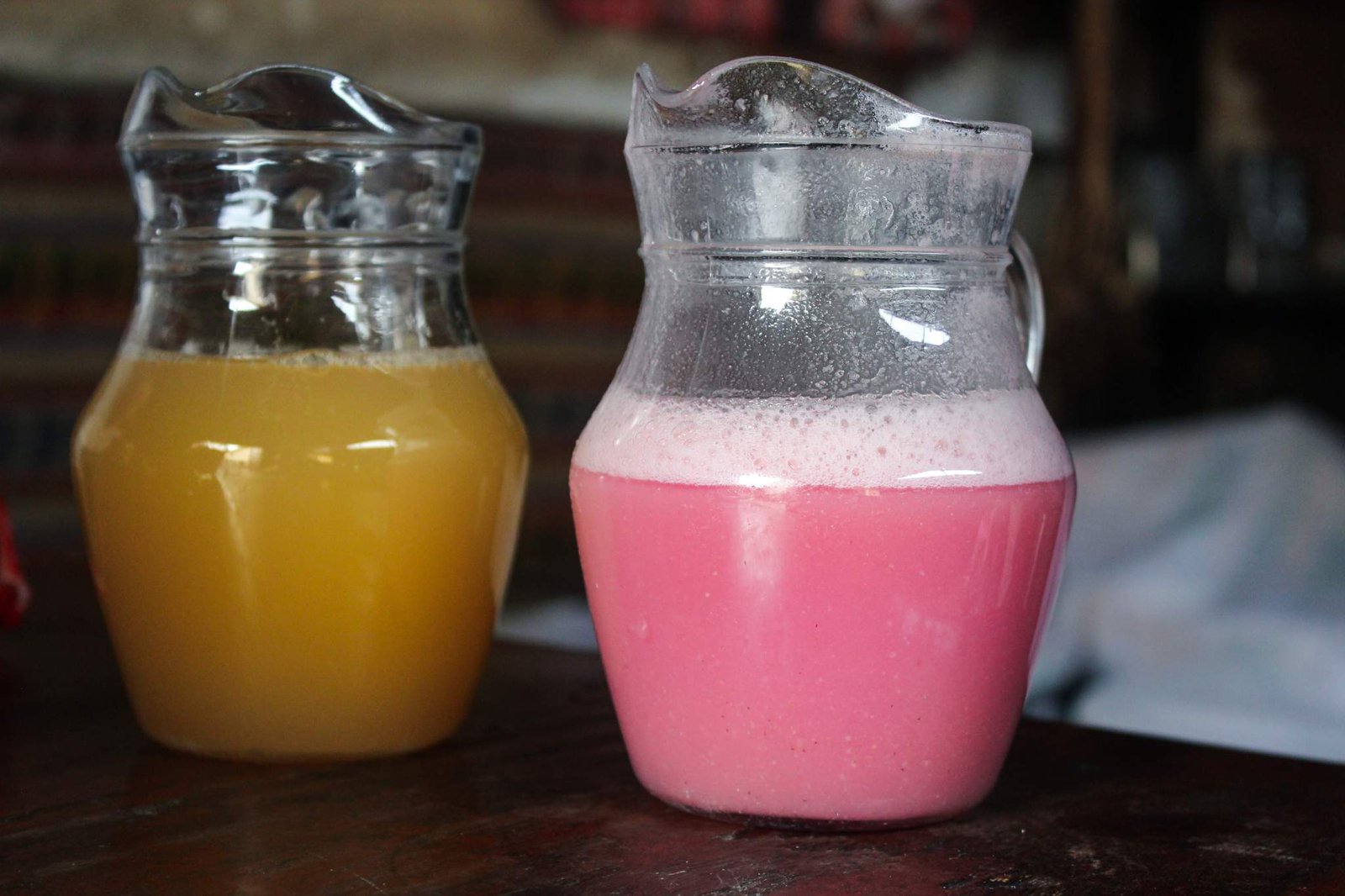
A Foodie’s Guide To Peruvian Food And Drink
What’s behind the Staple Food and Drinks of Peru
Peru is enormous; it’s the size of the American West Coast, but the secrets behind its culture and thousands of years of history and even larger, and only understood by paying a visit and experiencing Peruvian cuisine.The South American country sits between the Pacific Ocean and the Andes, and it’s considered a megadiverse country for its extraordinary range of native plants and animals.
Climates and ecosystems are diverse, too. The warm coasts contrast abruptly with the Andes foothills and the dense Amazonian tropical rain forests as if they were different nations.
What brings the country together is its ancient history. Peru was in the heart of the Inca empire that dominated the area from the 13th century until their defeat against the Spaniard conquerors in 1572, and the people still hold Inca traditions as their own.Peruvians, the people of the sun, are a closed community and have assimilated little of the modern ways spread in the rest of America. However, it’s because of this seclusion that you can still find extraordinary unaltered traditions; a unique lifestyle better appreciated through food.
Food and Drinks You Must Try in Peru
Here’s what you can expect from an exciting trip to Peru; a journey to the past in which you’ll find not only the kindest, warmest people but insight in their ancestral cooking.
Seeing how others live is the only way to understand our place on earth, and that’s the real reason we travel; to find ourselves.
Corn, at the very base of the food pyramid.
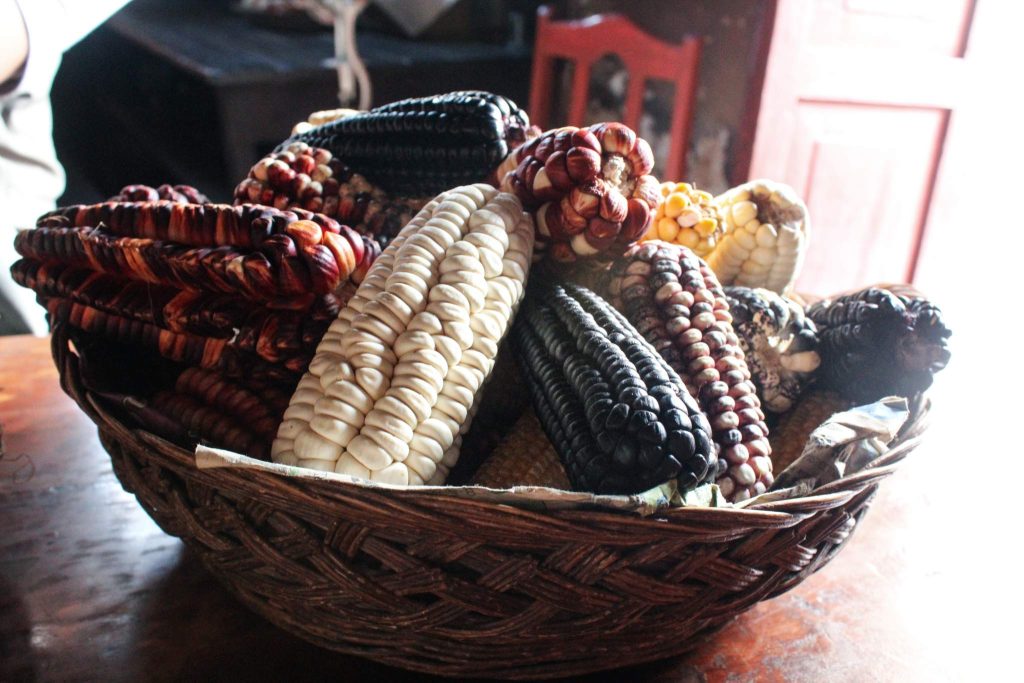
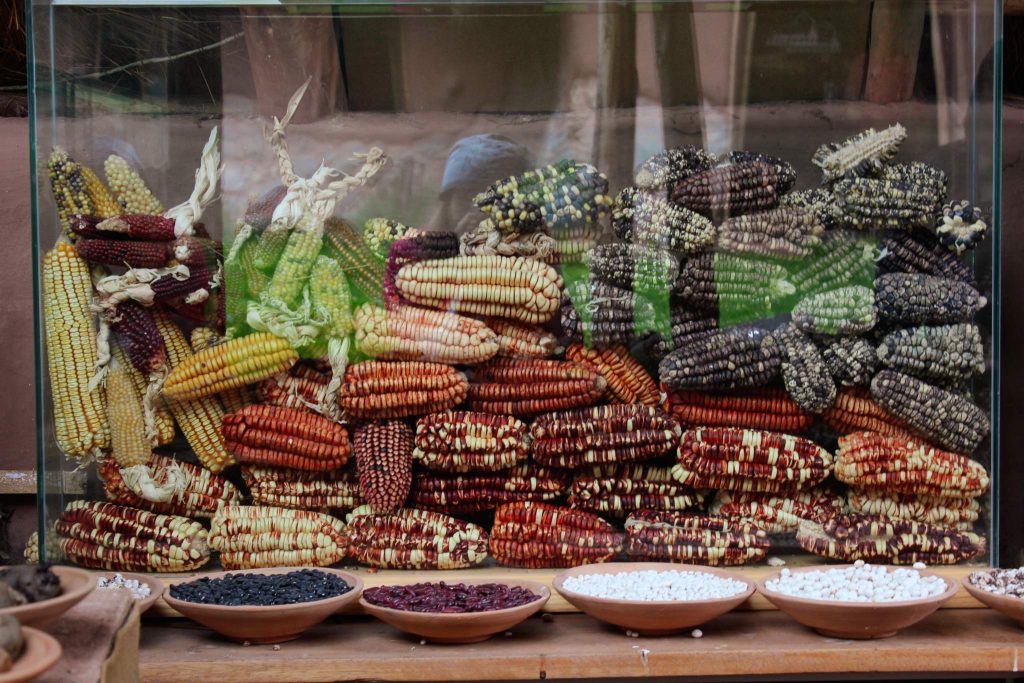
Native Americansmadeover 250 different kinds ofcorn,all different colors
If there’s one thing you’ll find in Peru is corn. Locals call it choclo.
The corn is renowned not only for its colors – white, gold, speckled red and deep purple – but also for the extraordinary size of its kernels, measuring three-quarters of an inch across.
Corn is both food and drink to modern Peruvians, who delight in fresh corn on the cob with melted cheese (choclos con queso) sold along the road in season, and in freshly fermented corn beer (chicha) sold in chicherias
Corn was domesticated in the area 6,000 years ago, and today people grow 55 different species of it.Compared to the ubiquitous, uncontested sweet yellow corn that we find in the US, we could safely say we don’t know a fraction about corn compared to Peruvians.
In Peru there’s different corn for everything: there’s corn to make drinks, while others are reserved for eating. Some are grinded to make flour, and others are roasted and enjoyed as snacks.
Travel the beautiful circle-shape terraes all around the major archeological sites in the country. They’re grand and majestic, and great Instagram pics, but you’ll be surprised to know they were conceived to breed corn, which resulted in the diversity they have today.
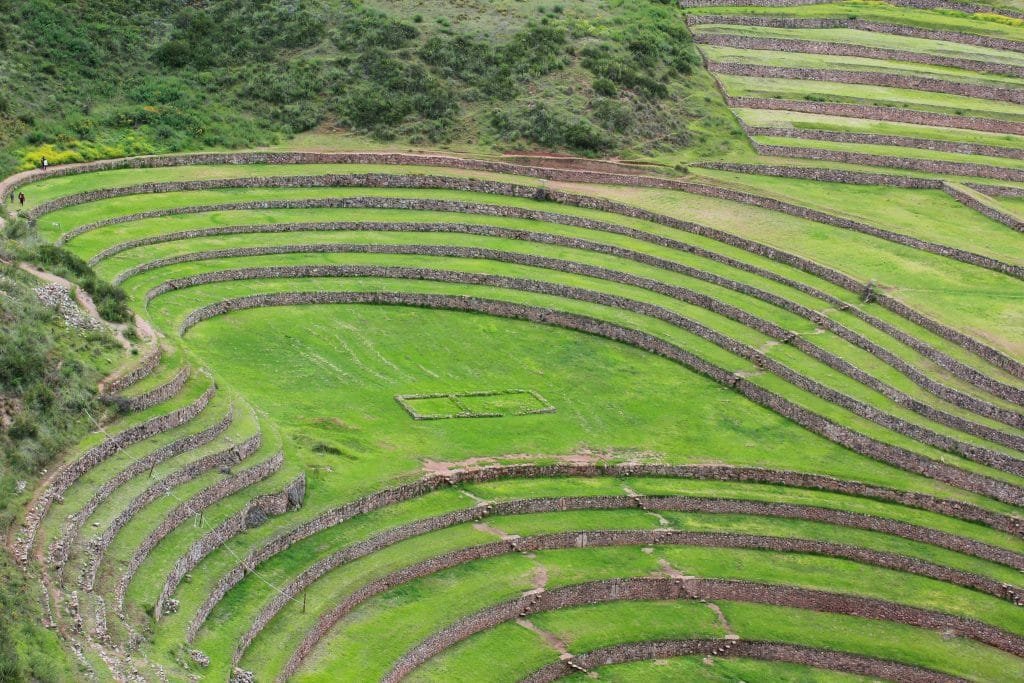
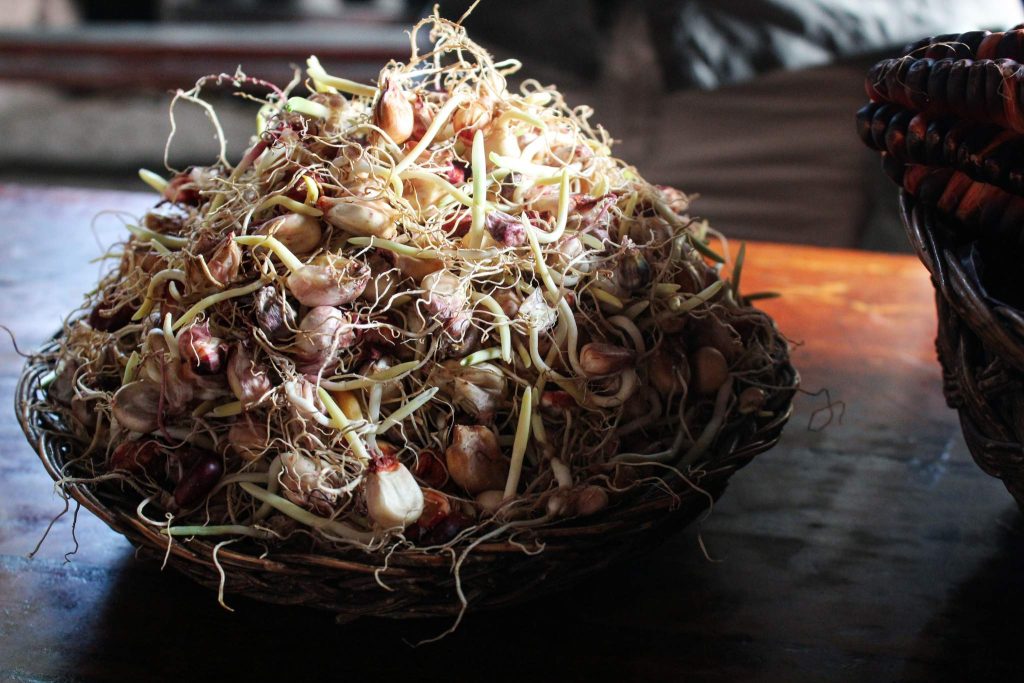
Visit the coast or the jungle, the large cities or the remote towns; corn is everywhere, in all forms possible. Corn is without a doubt the base of the food pyramid, and if Peruvian cuisine is considered amongst the best in the world, it’s thanks to this kernelly crop.
Guinea Pigs; an unusual alternative meat in Peru.
You might have heard about exotic meats of the likes of alligator, kangaroo, ostrich or buffalo; they’re delicacies all over the world, but are mostly an afterthought, and aren’t consumed often. In Peru, there’s the guinea pig.
The difference here is that in Peru, guinea pigs are not a rare specialty but feature in daily menus. Peruvians eat 65 million guinea pigs every year, and they’ve been a protein source since before the Spanish brought with them cows, pigs and chicken.
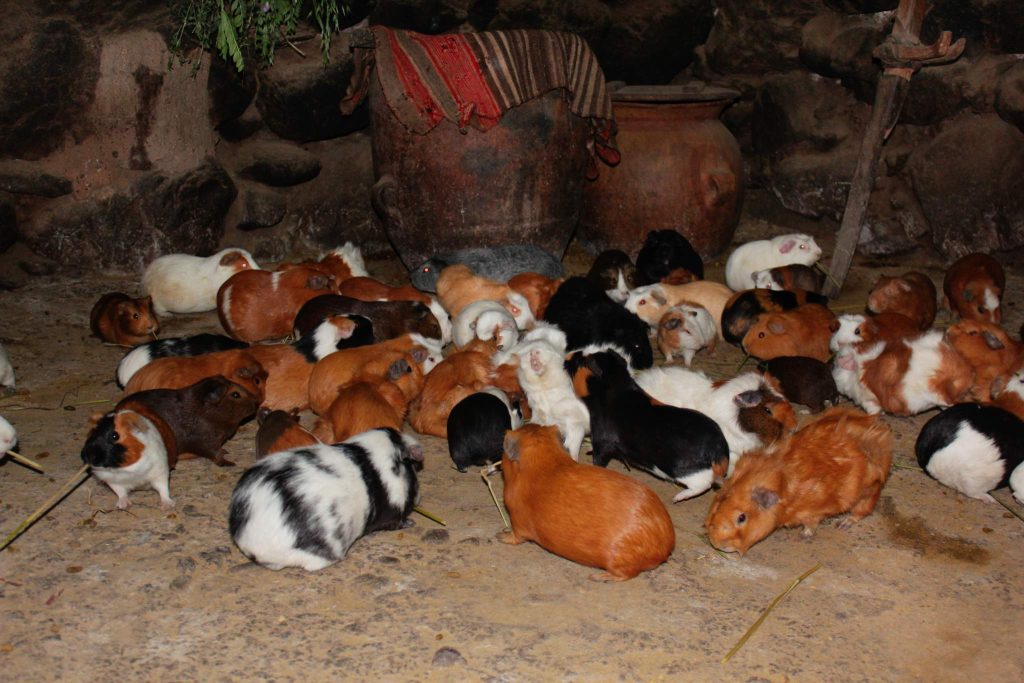
Guinea pigs are popular pets in the States, which makes it hard for us to think of the lovely, fussy creatures as dinner, but there are many other unusual foods around the globe: People eat tarantulas in Cambodia and camel in Dubai. Eating live octopus in Korea is a common practice, and crawfish is hugely prized in Louisiana.
For Peruvians, guinea pigs are a cheap, fast-breeding protein source, and with 20% of protein by weight, they’re better sources for protein than beef, chicken, lamb and pork.
Char-grilled or fried, people serve guinea pigs with potatoes, rice or salad, and it has a similar taste to rabbit or feathered game ; it’s just part of Peruvian cuisine experience.
Llamas and alpacas; the red meat of the Andes.
Guinea pig might be unusual, but even more so, is eating llamas and alpacas.These animals are a national symbol, particularly the llama, and before I tell all about these furry animals, let’s talk about what makes them different.Llamas are larger than alpacas, their ears are pointy and have long legs and necks. They have a bad temper too, so keep your distance.
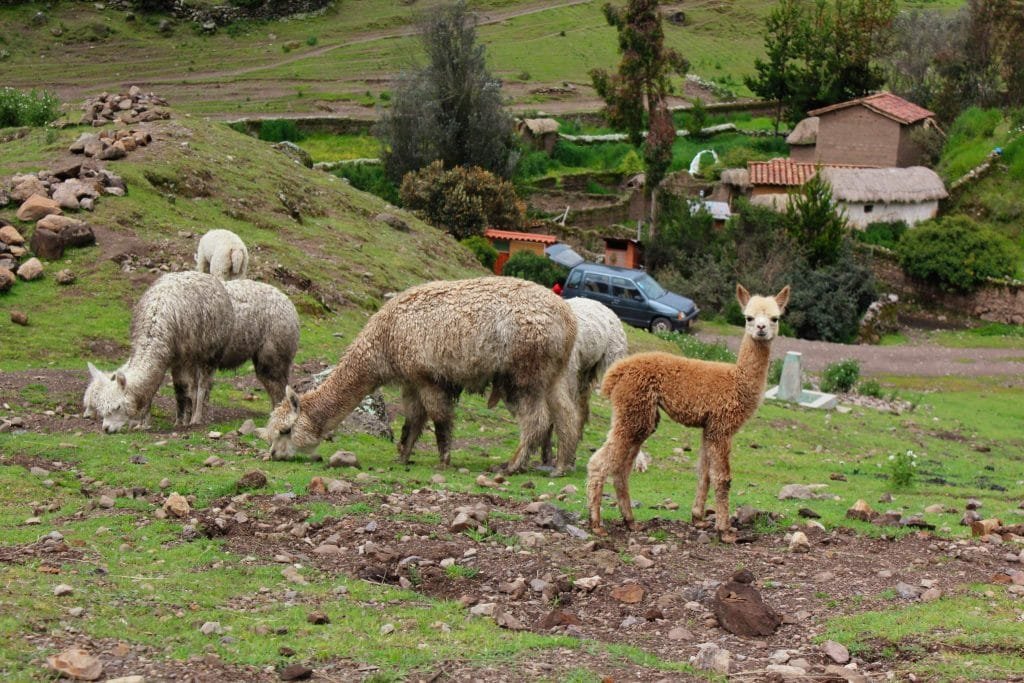
Alpacas are shorter, softer, and friendlier, and their wool is internationally prized; it’s hard not to fall in love with these kind animals.
Both spitting animals are adapted to the impressive Andean heights. They’re used as pack animals (mostly llamas) and play a significant role in tourism (you must have THAT selfie!) Both are part of the Peruvian diet, too.
Llama meat is far from tender and requires long hours of slow-cooking to soften, but it’s lean and clean. Since the South American camel-related animals eat only fresh prairie herbs, their meat is very healthy, so give it a shot.
You’ll see depicted alpacas and llamas here and there in the markets and souvenir shops, and now you know, it’s not only their fur worth checking out but their meat.
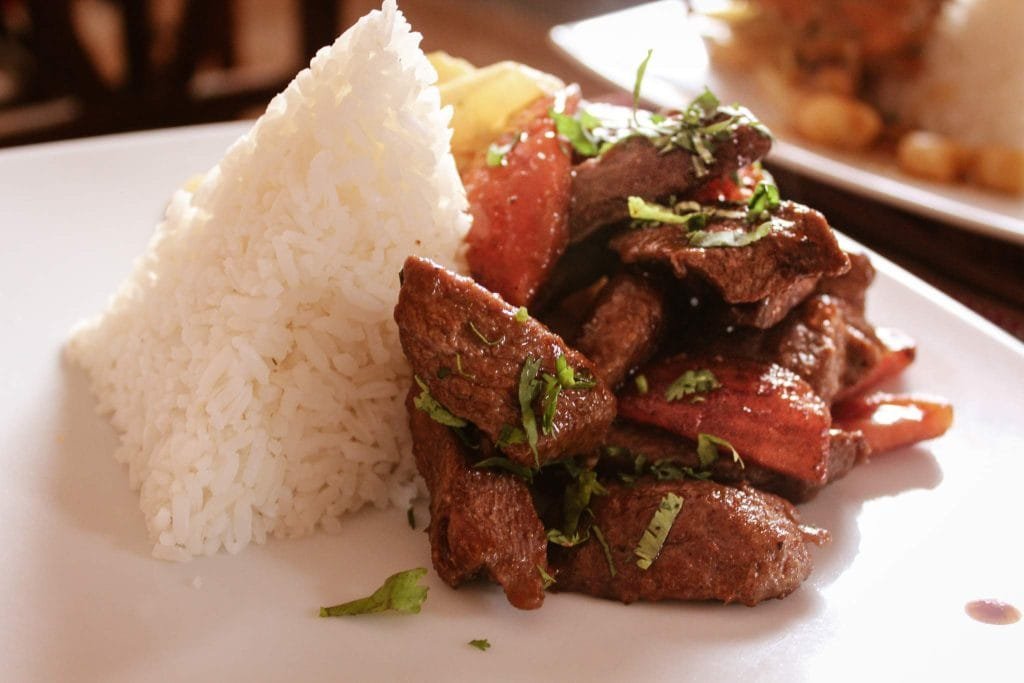
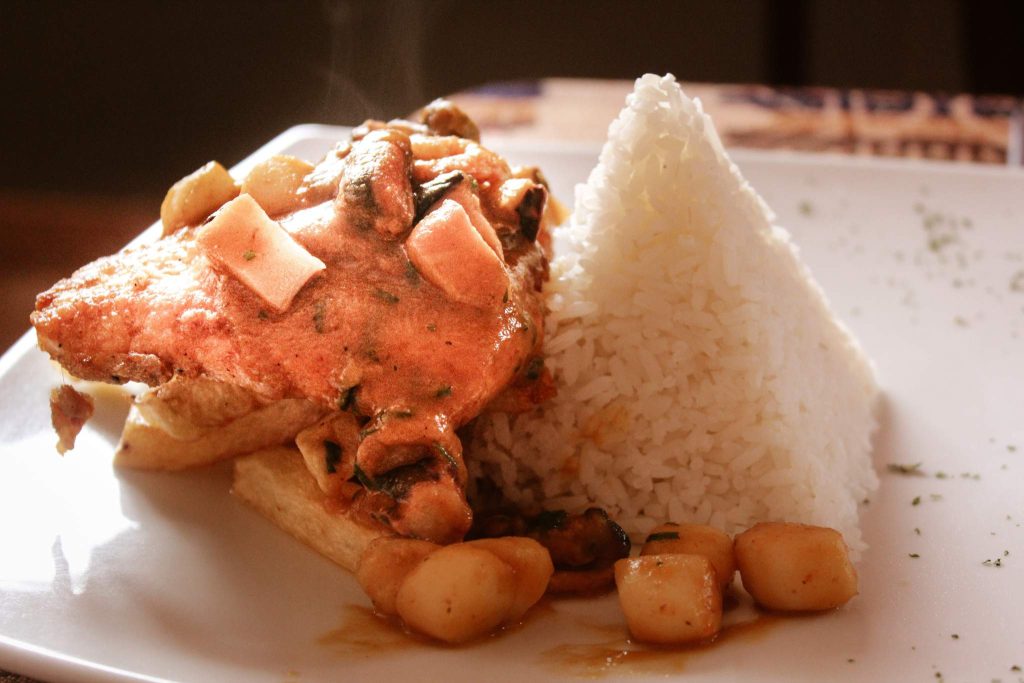
Llama steak
Peruvian ceviche; the authentic ceviche.
Ceviche is the most famous Peruvian cuisine dish. It’s straightforward, but it’s in its simplicity where you find the most pleasure. It’s one of the freshest, most exciting seafood dishes around.
Raw fish, seafood, or both are “cooked” with citrus, often lime juice, and tossed with julienne onions and chili peppers.Other ingredients change the overall flavor and texture of ceviche, including celery, corn and coriander, but the different styles depend on the meat used. Whether it’s octopus or Amazonian freshwater fish, shrimp or even duck meat (!) Nowadays there are all sorts of variations : ceviche made from shark , octopus , squid , shrimp , scallops , crab , mussels and all sorts of white fish . There are dozens of combinations.And there is nothing quite like chasing it with a Pisco Sour .
Peruvians and Chileans argue over who makes he best ceviche , a seafood mix that is among South America’s most famous dishes .
It takes many different forms but the Peruvian ceviche in its purest form is raw corvina (sea bass) marinated in a mixture of lemon , lime , onion and ahi chili for about three hours . This process pickles the uncooked fish and infuses it with a tangy citrus flavor .
Ceviche is normally served with cancha ( roasted maize kernels ) and a portion of a leftover marinade in a shot glass .
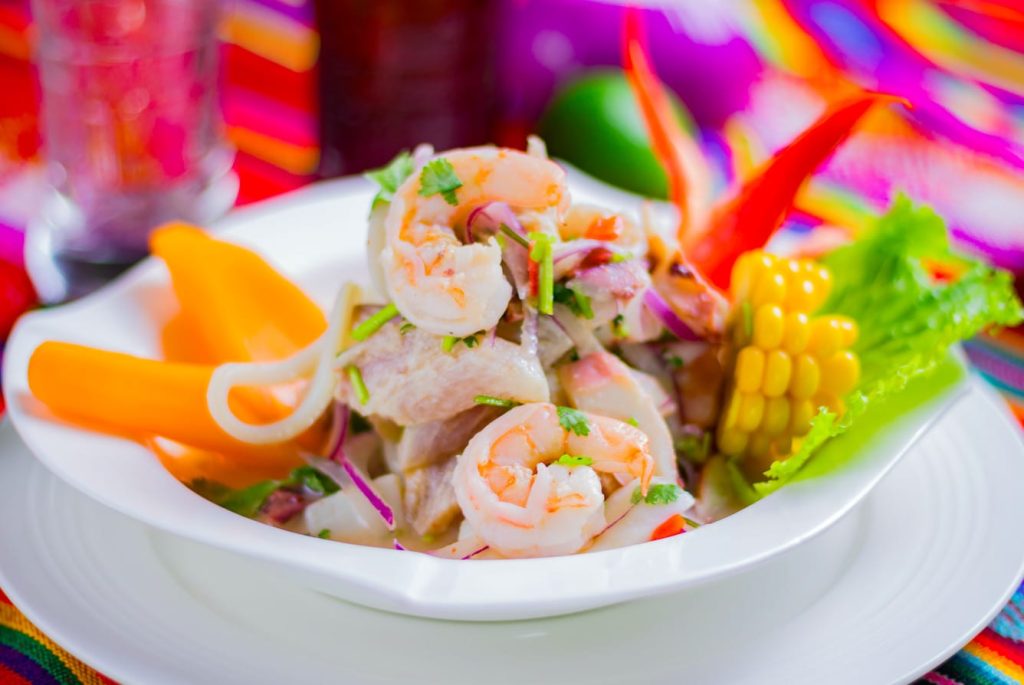
Ceviche is protected as Cultural Heritage and is the flagship Peruvian dish, but they make similar renditions in other countries like Colombia, Chile, Ecuador, Panama and Mexico.The Mexican-style ceviche is perhaps the most prominent in the States, and it’s easily identified for the diced tomatoes and avocado slices.
Enjoying a bowl of ceviche in Peru is worth the trip, it’s that simple. It’s like eating pizza in Naplesor a cheesesteak sandwich in Philly. It’s one of those things you must add to your bucket list.
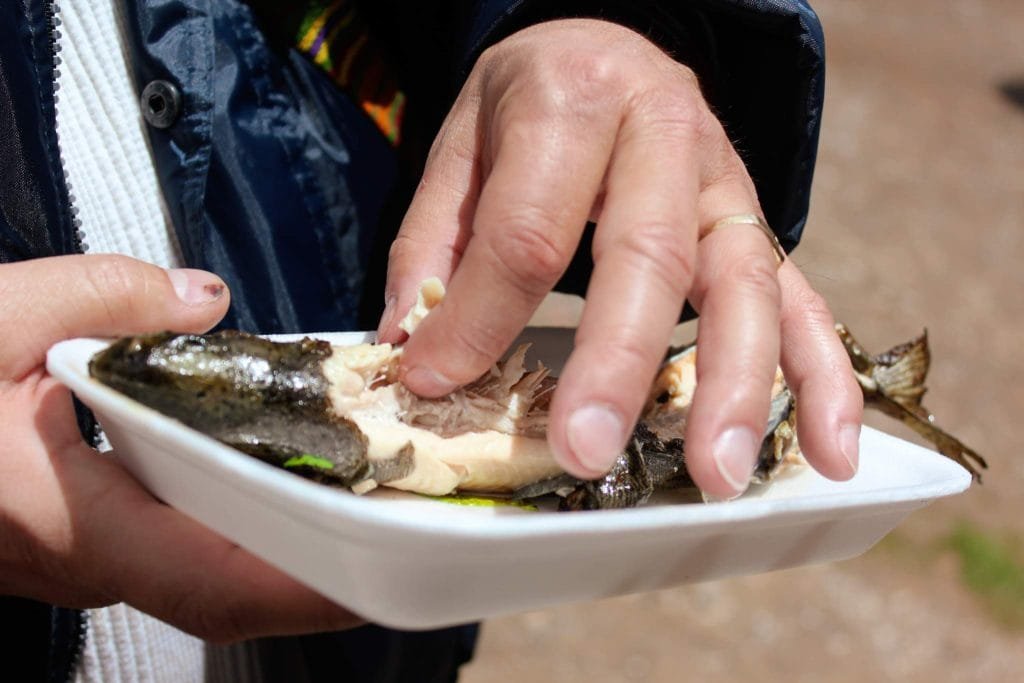
Street food; feeding Peruvians for centuries.
The highlight of Peruvian cuisine .
To experience authentic Peruvian street food; hit the markets.
You won’t find it hard to walk into a street food stall, they’re everywhere from dusk till dawn, and the food varies from region to region.
The most common (and tastiest) are anticuchos. Think of charcoal-grilled meat skewers, but these are not ordinary skewers, you can find beef of chicken anticuchos, and the most interesting ones are made with marinated beef hearts.
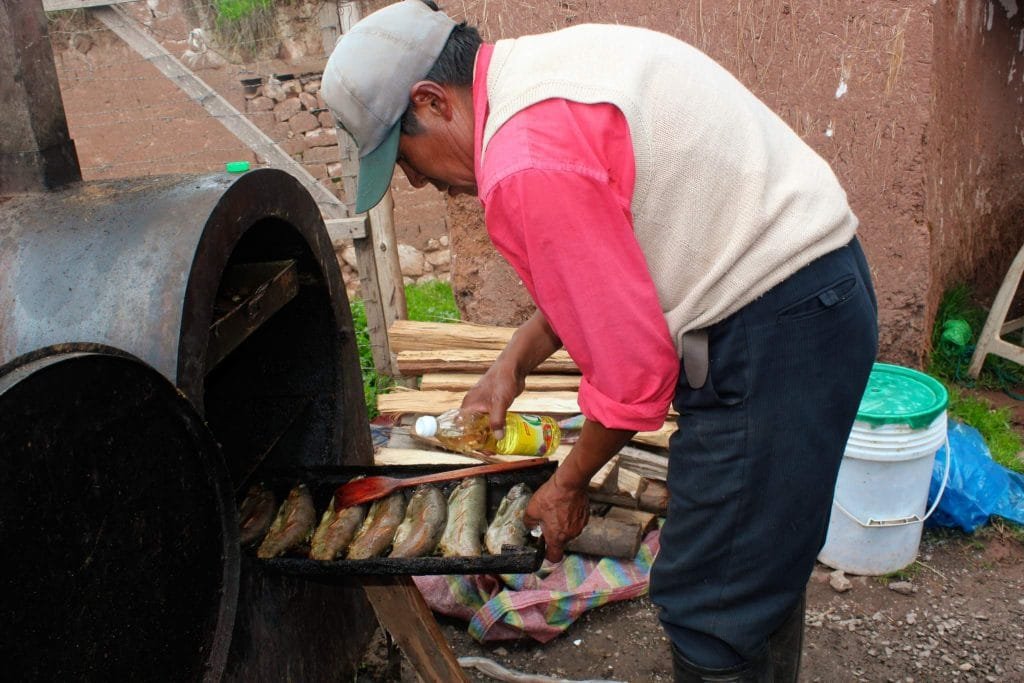
The meat is tender and very well-seasoned. Served with potatoes and green peppers, these are delightful late-night snacks.
Sandwiches might not come to mind when you think of Peru, but they’re widespread and, in many ways, unique. Some look like baguettes stuffed with sausage (butifarra), while others are spicy versions of hamburgers.
Tamales are corn-based, fist-sized dumplings wrapped in corn husks and steamed. You’ll find them sweet and savory; the second ones filled with pulled chicken or pork meat.
There’s not enough time or space to list all the treats sold on the streets of Lima, Cusco and any other town, large or small, so you must visit to believe it.
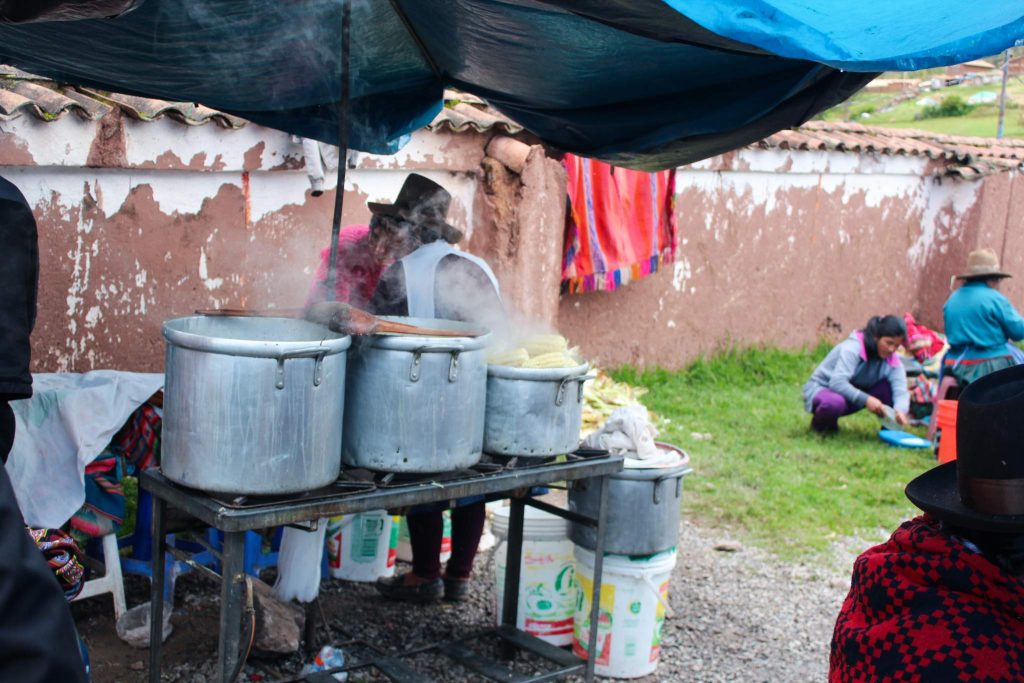
Coca leaves; legal or not?
Coca is native to South America, and it’s been used for centuries to tame the mountain sickness; common even in locals, Peru has an average elevation of 5,000 feet!
The controversial leaves, as you know, are used to make cocaine. In Peru, though, you’ll find them as tea or for chewing (like Tobacco); you’ll get your dose as soon as you hop into a local plane!
No, coca leaves don’t have the same psychoactive effect as cocaine, and they don’t create dependency. They’re even being considered a treatment for recovering cocaine addicts.For now, coca leaves are strictly prohibited outside Peru and the surrounding countries, so they can be a costly souvenir that can make you spend some time in jail.
Here’s a fun fact, Coca Cola’s original recipe was based on coca leaves and kola nuts (a source of caffeine.)
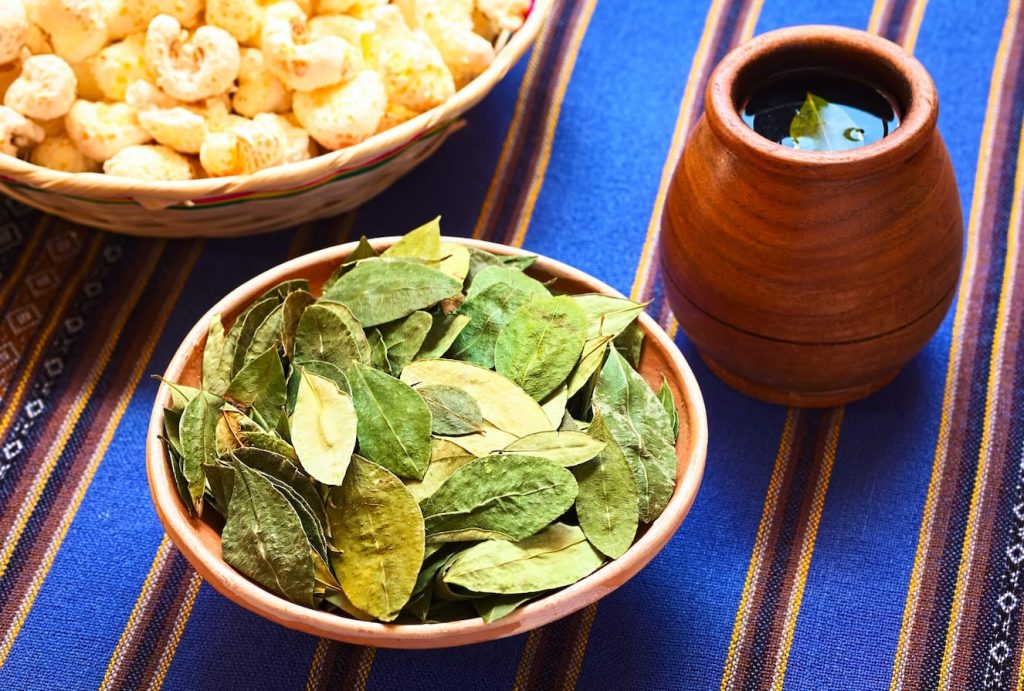
Pisco; Peru’s national drink.
If you’re planning on visiting Peru, and experiencing Peruvian cuisine, you must know all there is about Pisco.
Peru makes wine, regular grape wine, that is, really! But it’s often distilled to make the more potent Pisco.Pisco is a distilled spirit, like brandy or Cognac, but it’s seldom aged in barrels, so it has a clear color instead of a brown-hue.
The origin of the spirit is contested between Peru and neighboring Chile, but Peru has made it its national drink anyway.It was the Spanish, five hundred years ago, who brought both the distillation still and the wine grapes. The fiery spirit was soon assimilated by the locals, of course.
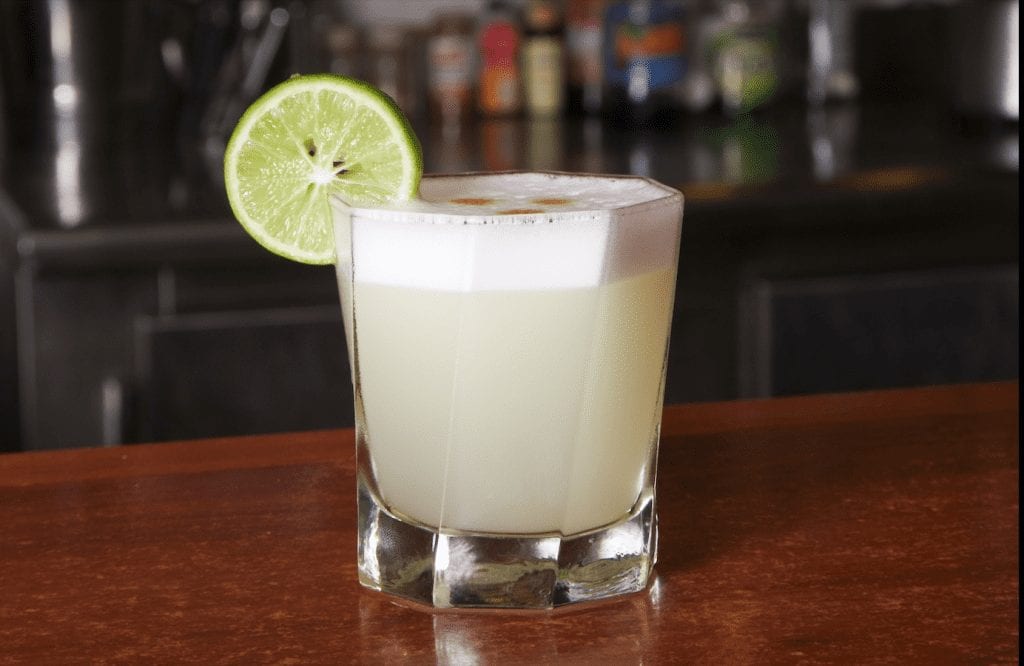
As with other local drinks, it’s customary to spill some of your Pisco on the ground as a tribute to Pacha Mama, or mother earth. Perhaps something we should all do?
Today Pisco’s greatest accomplishment is the Pisco Sour, a cocktail made with Pisco, lime juice, egg whites (to create foam), and a dash of bitters; it’s just-say-summer refreshing.
The cocktail was developed in the 1920s in Lima at the same time as America was suffering Prohibition. The Pisco Sour is a direct relative of the Whiskey Sour, and it’s now served all around the world.
Pisco has a bright future. Experienced mixologists, from New York to San Francisco, continue to look for new, exciting spirits to add to their repertoire, so Pisco Sour is just the beginning.
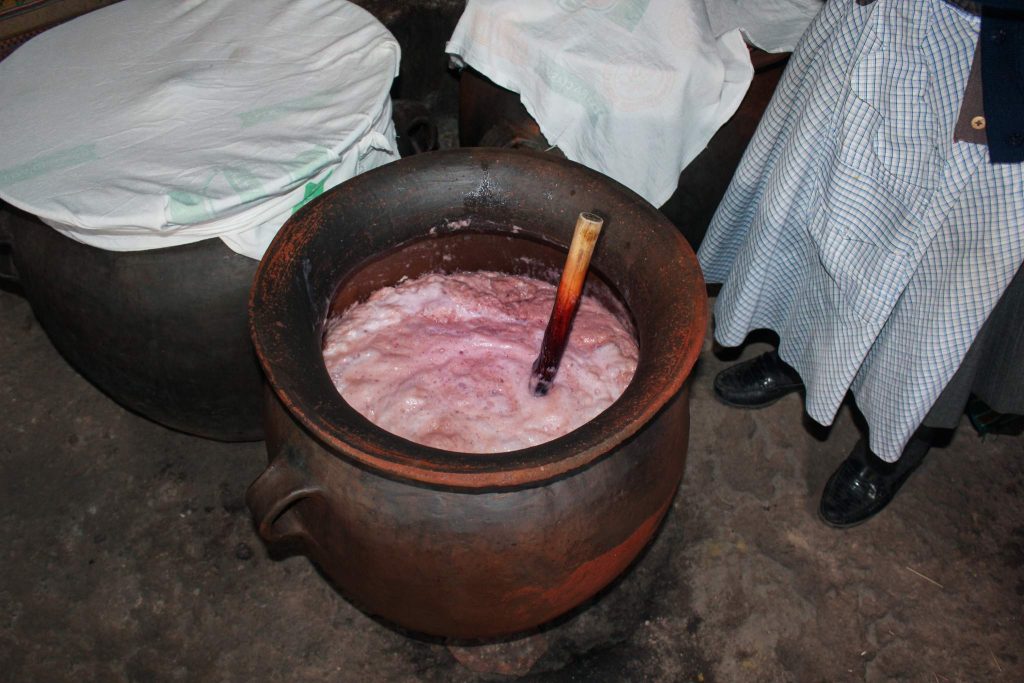
Would you ever expect brandy to bring two nations on the verge of war?
This is the case with Pisco , which has been the major bone of contention between Peru and Chile for hundreds of years .
Both counties claim that the Pisco Sour cocktails (made with lemon or lime , egg white and bitters ) as their national drink . But there is no disputing the beverages origin : it was developed by a 16th century Spanish settlers in the coastal valleys of southern Peru and named either after the port of Pisco , from which it was shipped , or the colonial Pisco pottery , in which the brandy was aged .
Nowadays , the lush oasis of Ica is the focal point of Peruvian Pisco production , with more than 80 bodegas (cellars) churning out millions of bottles each year .Somewhere between 38 and 46 proof , Pisco derives from a single type of grape , most commonly the dark Quebranta grapes imported by the Spanish .
There are also aromatic Piscos made from Muscat and other green grapes , and potent alcholado (half breed) Pisces that contain a blend . Grapes are harvested in February and March . After distillation , the liquid is aged for at least three months before it is deemed worthy of imbibing .
Old school Peruvians drink it straight up , without ice and consider the sour cocktail an insult to Pisco’s good name .
There’s more, much more!
This is just the peak of the Iceberg (or the Andes?), as Peruvian cuisine is as complex and varied as the most esteemed on earth.
To appreciate Peruvian cuisine , though, you’ll have to book a flight and see for yourself; bring your appetite and your walking boots, because it will be a long, tasty journey .
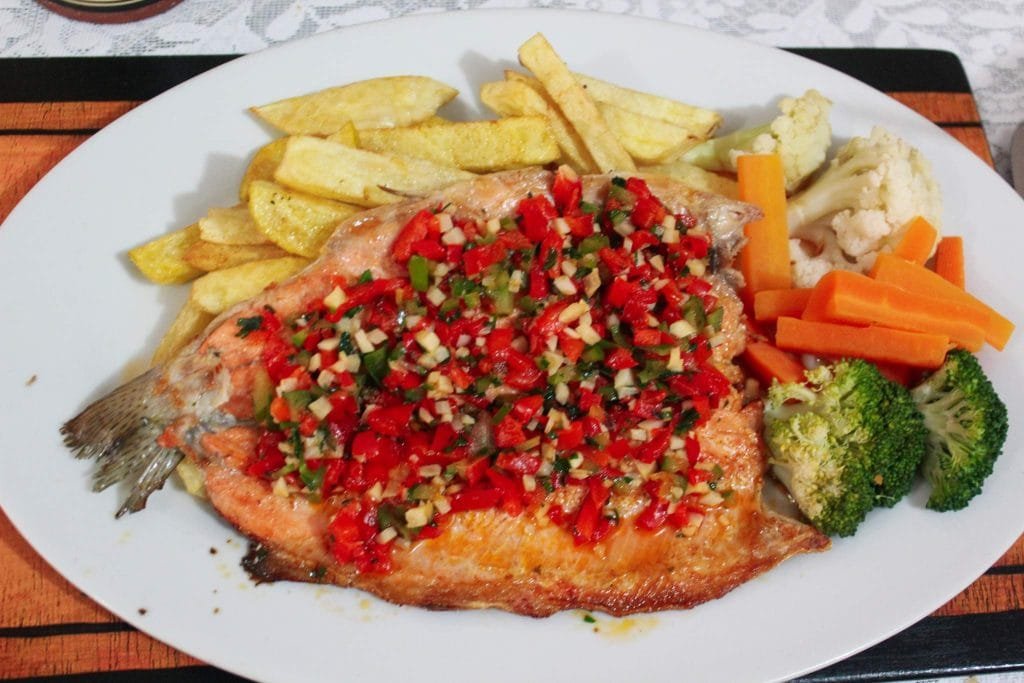


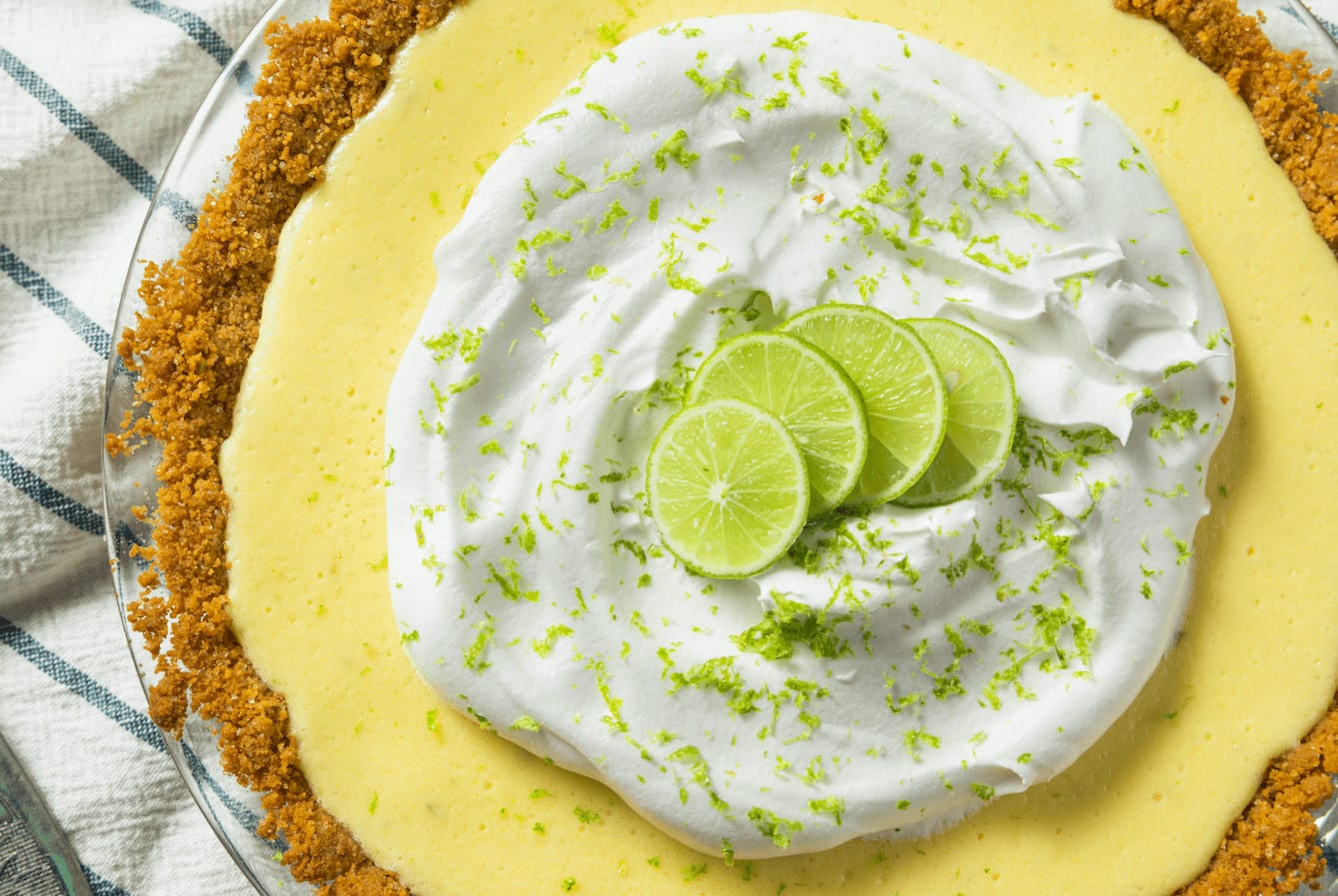

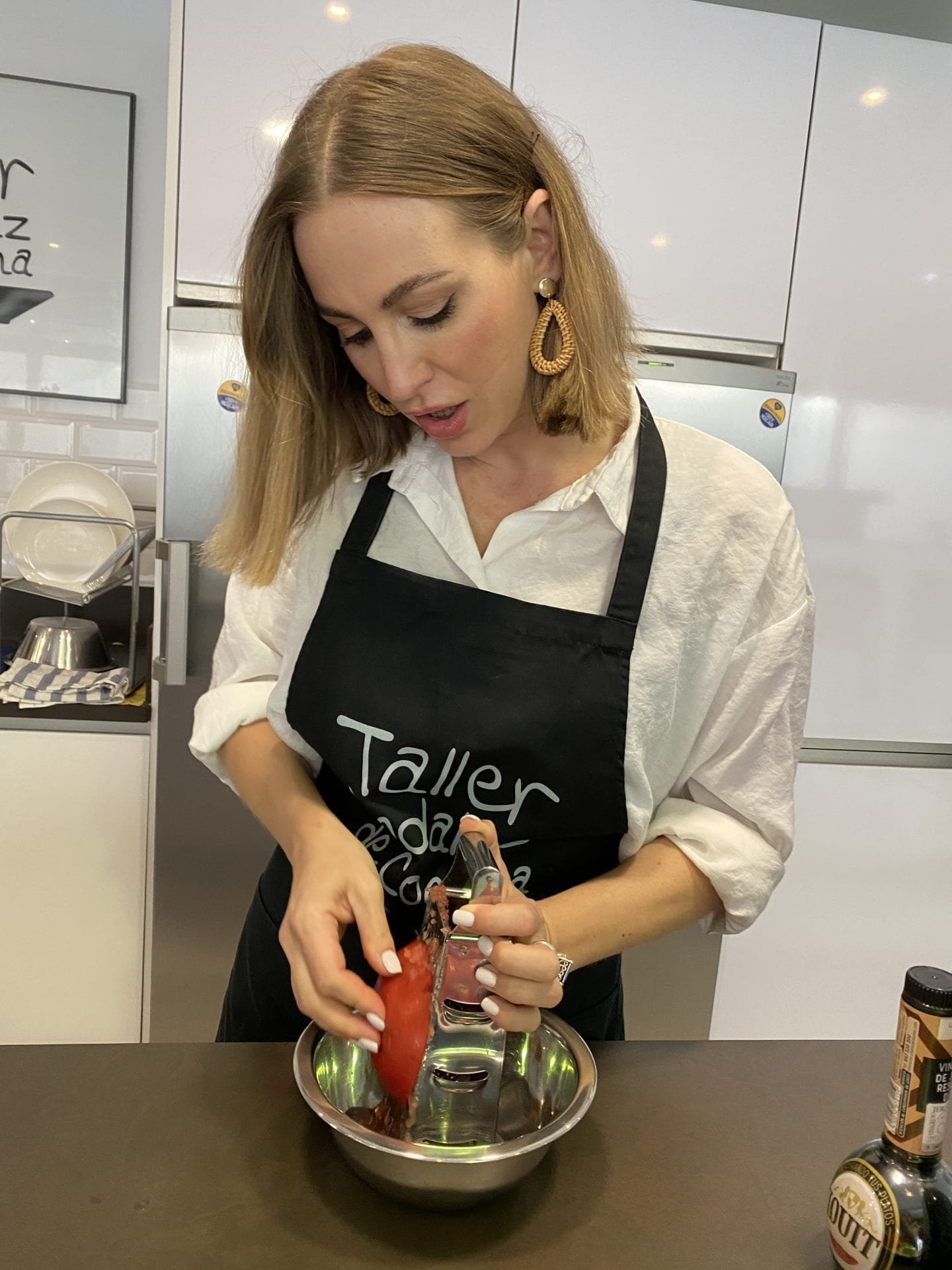
Pingback: Why Saqsawaman Is One Of The Best Monuments On Earth